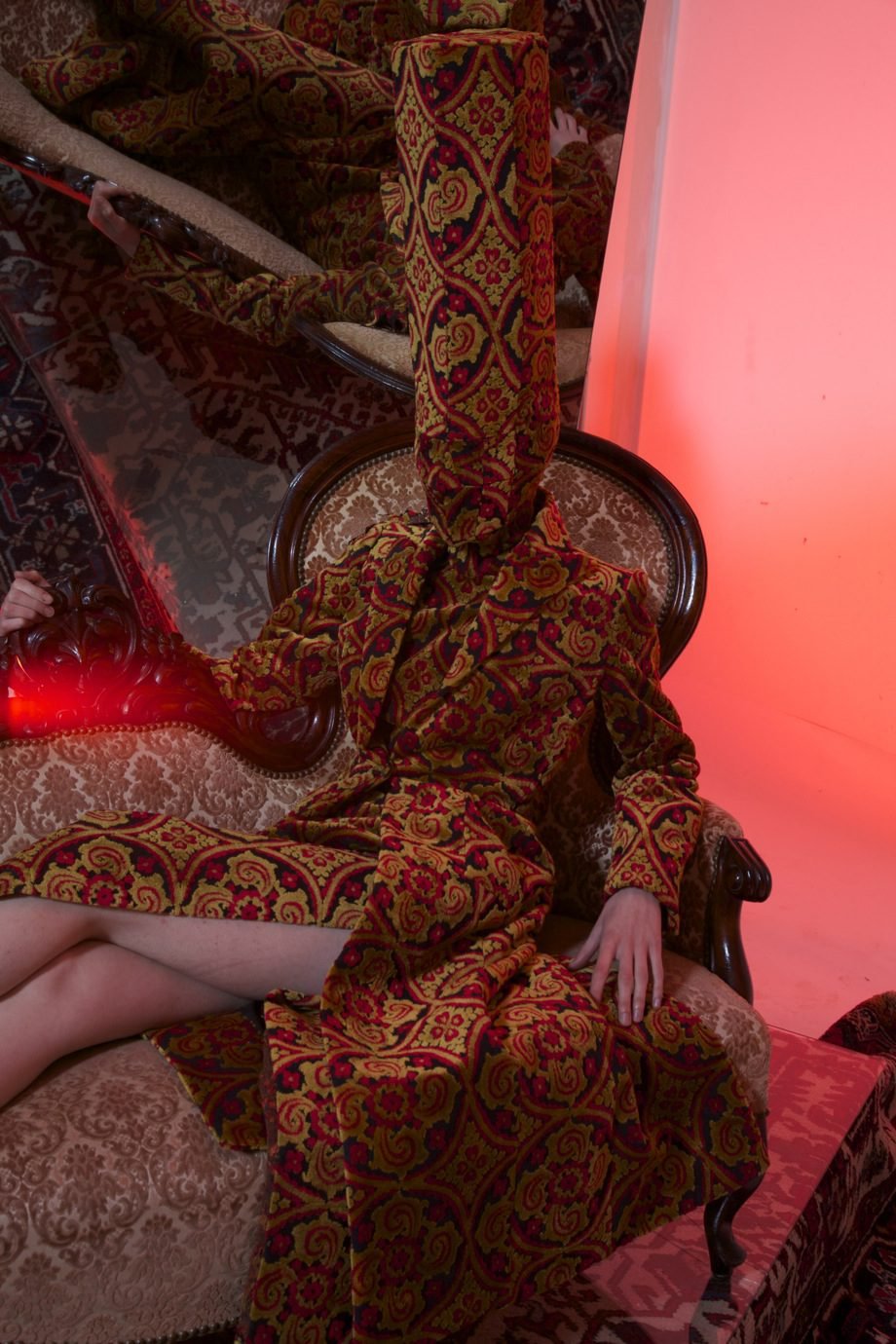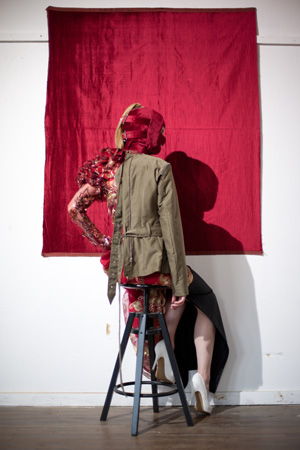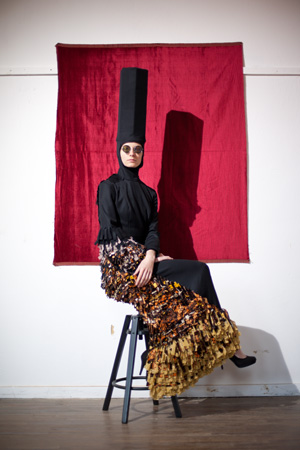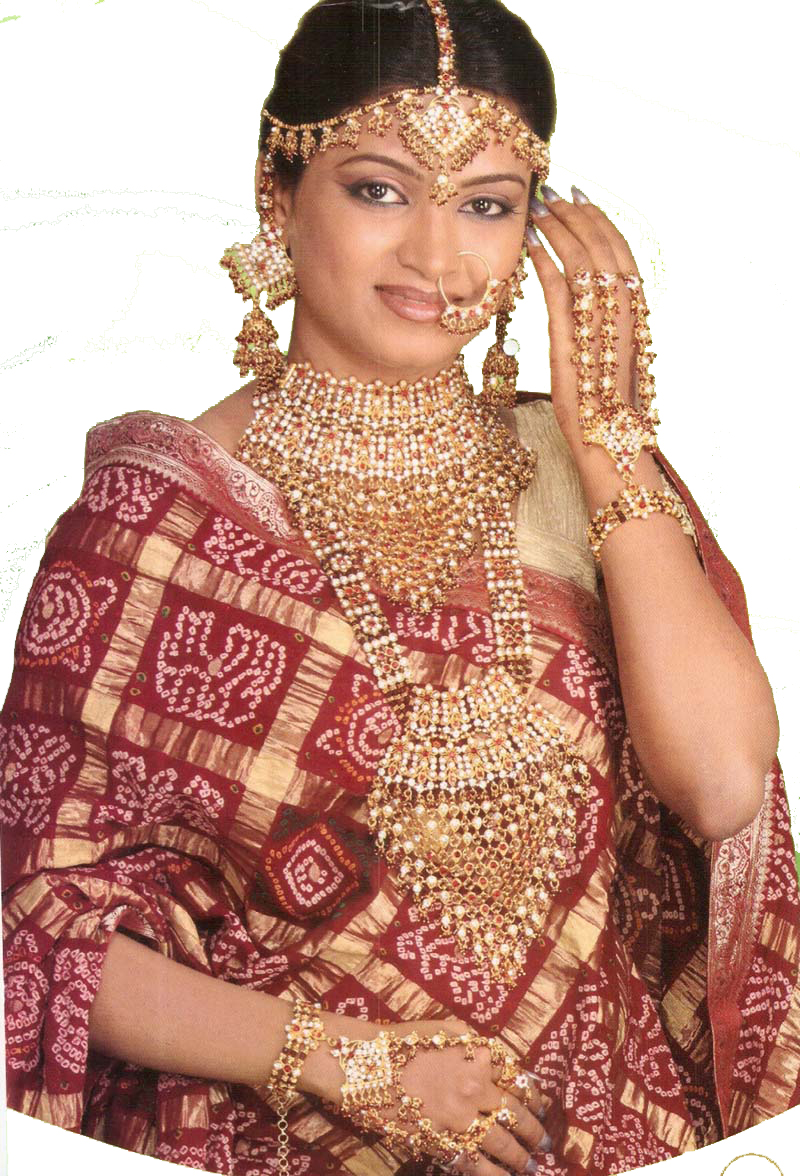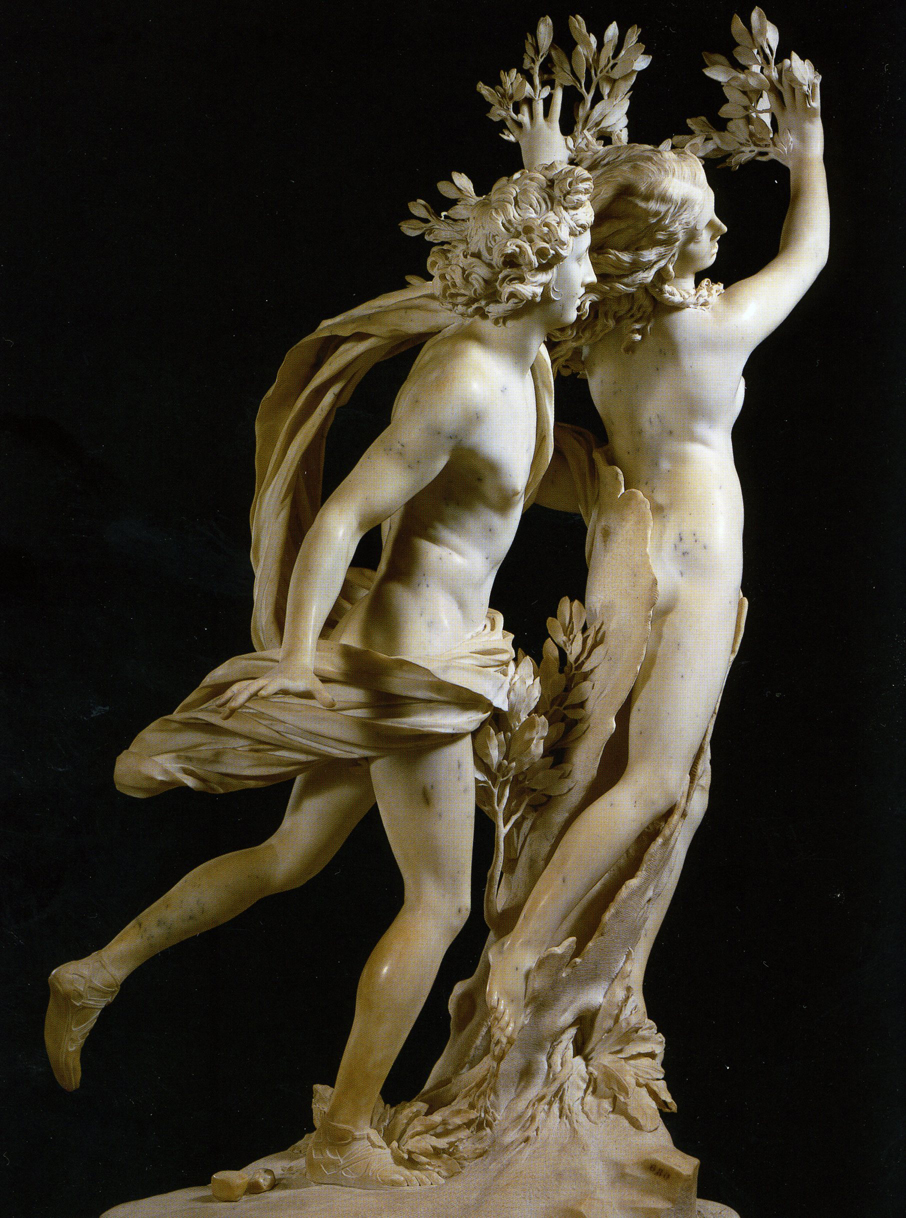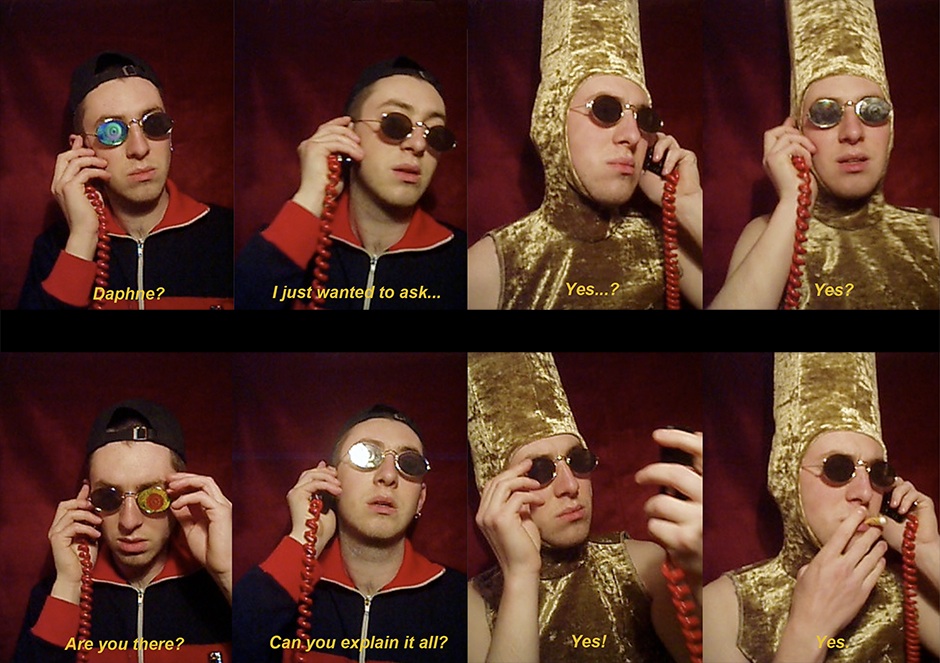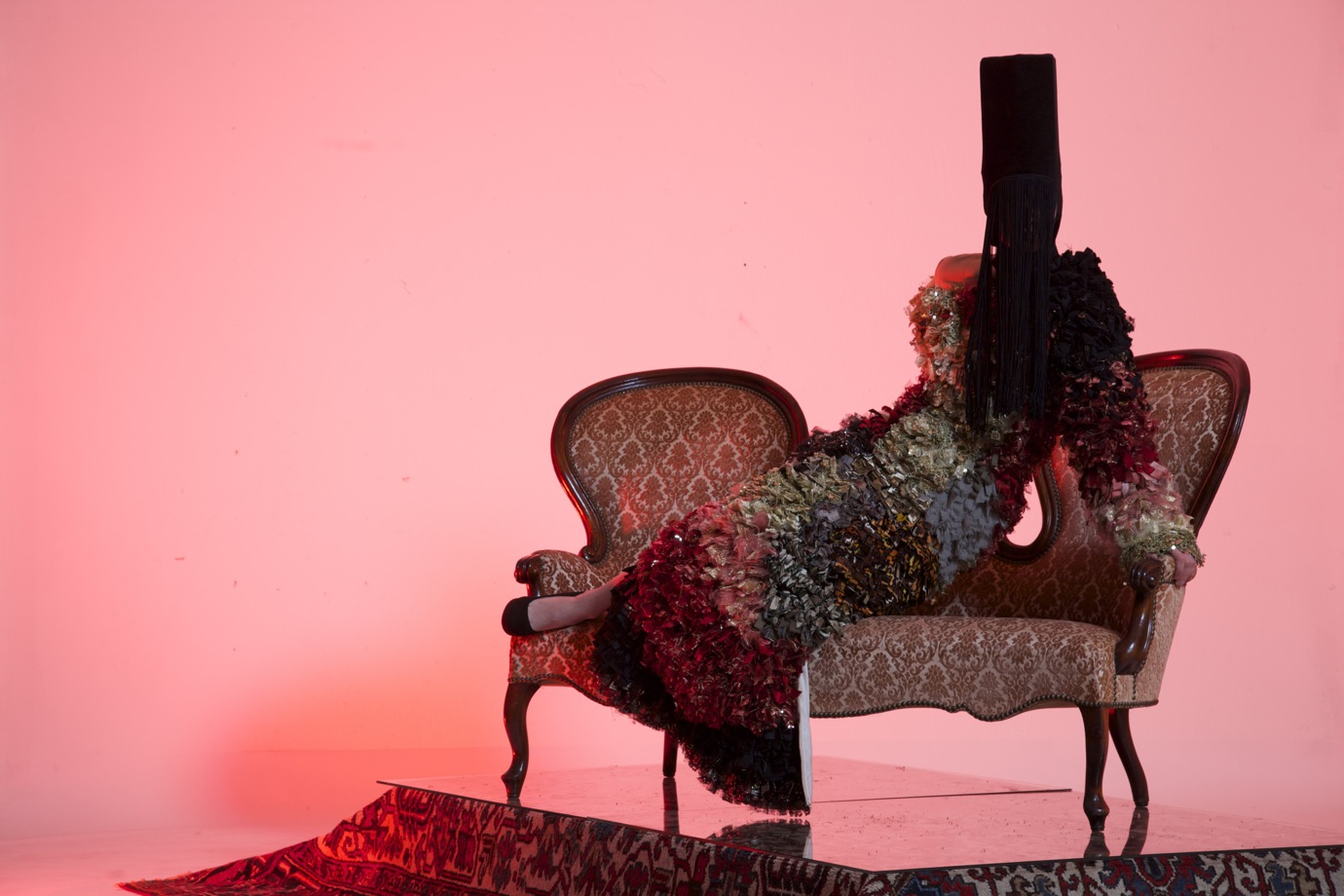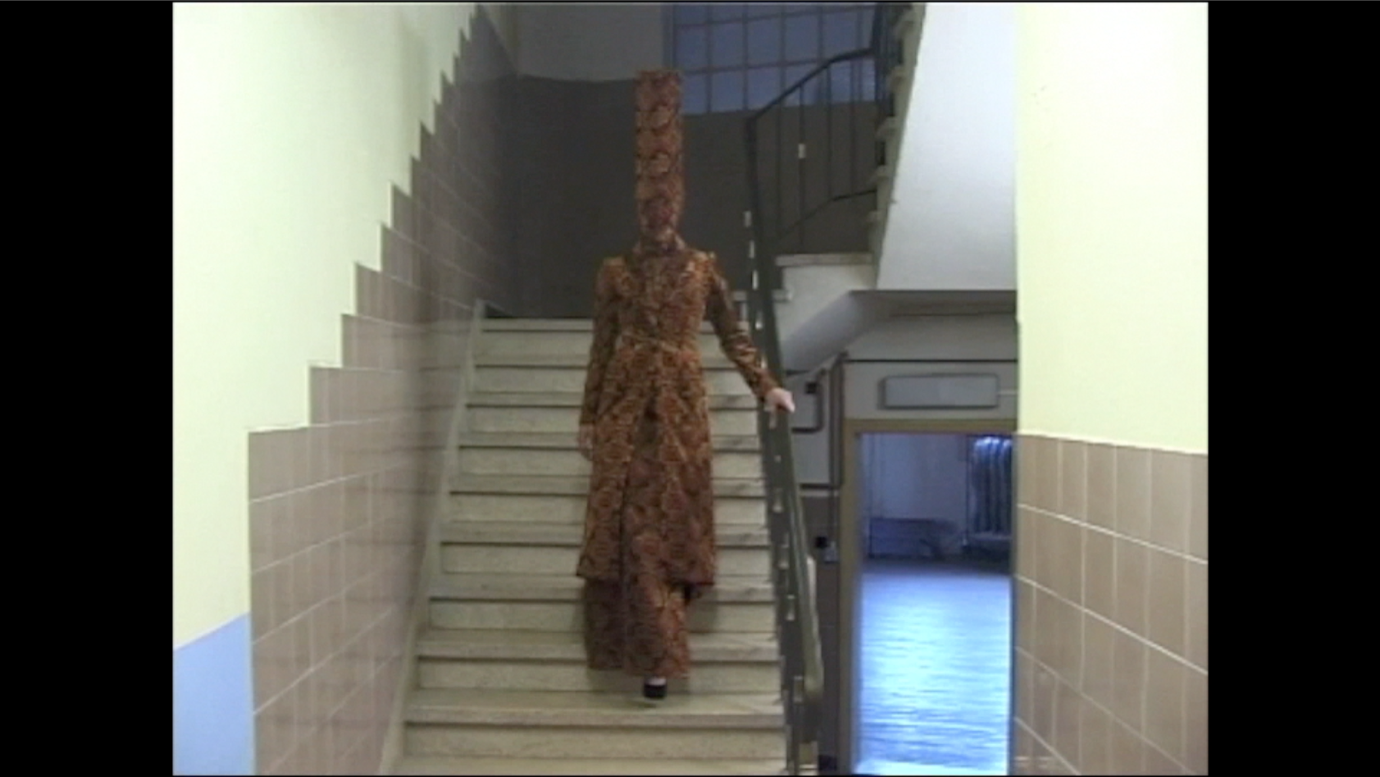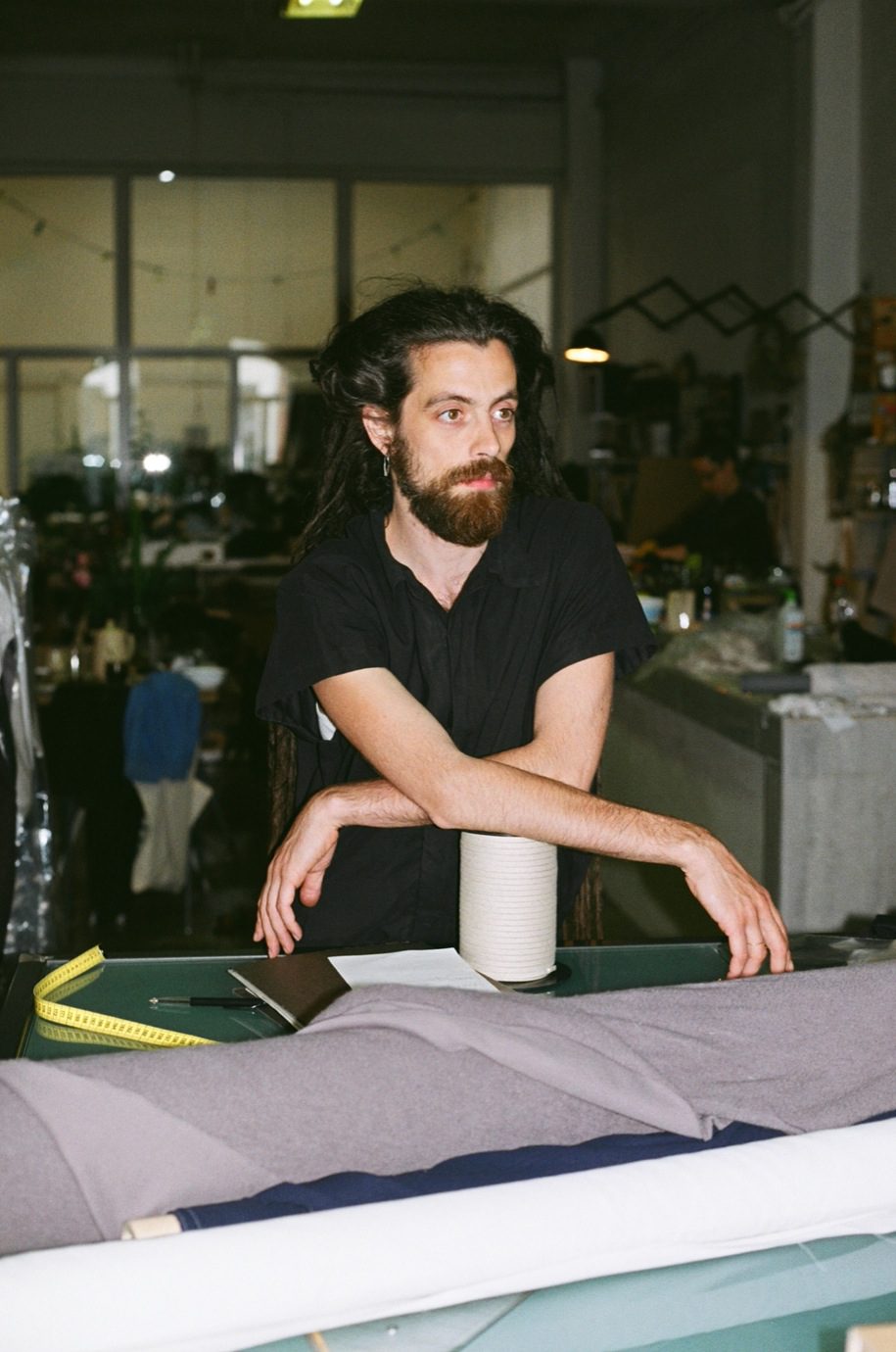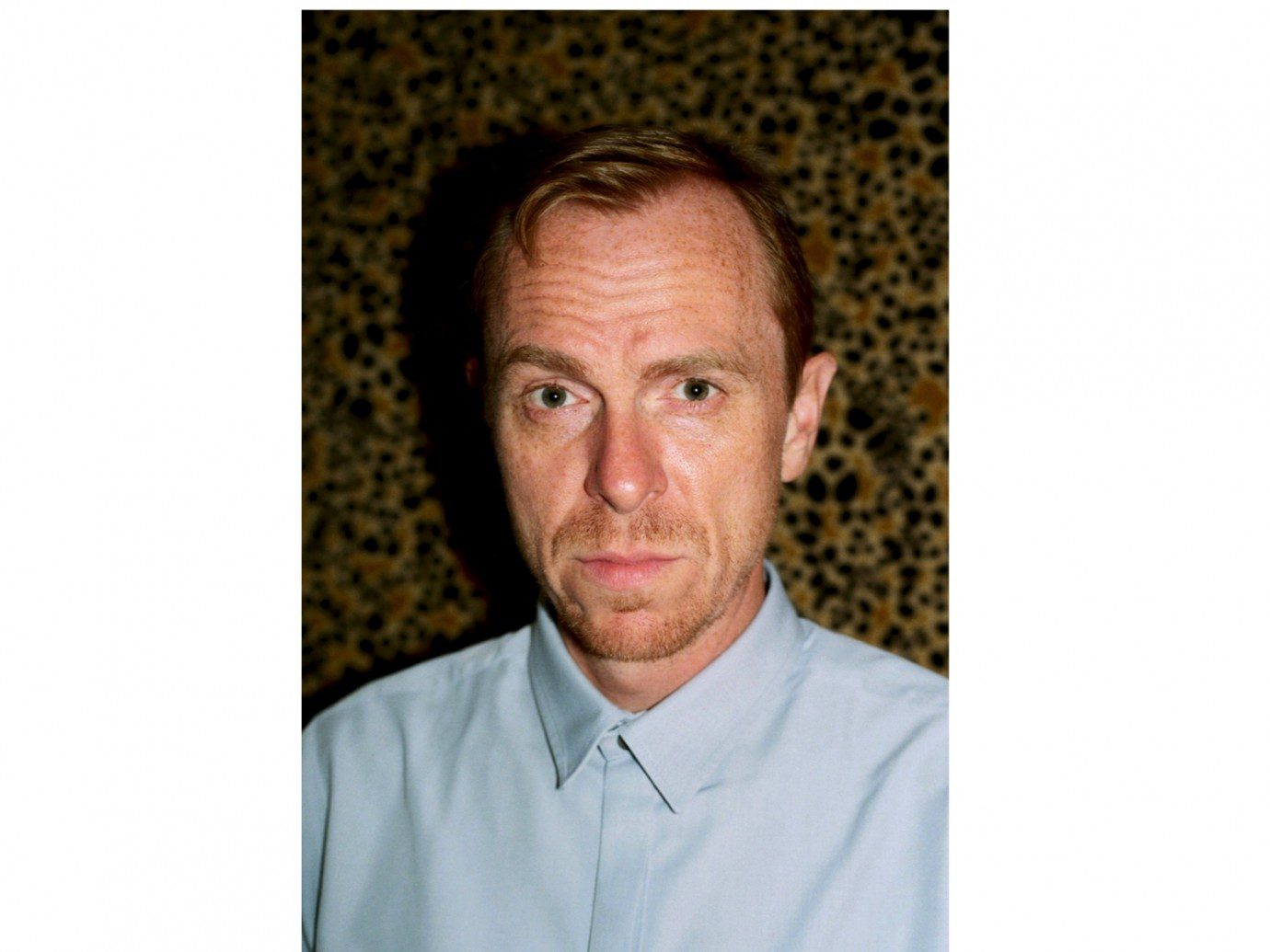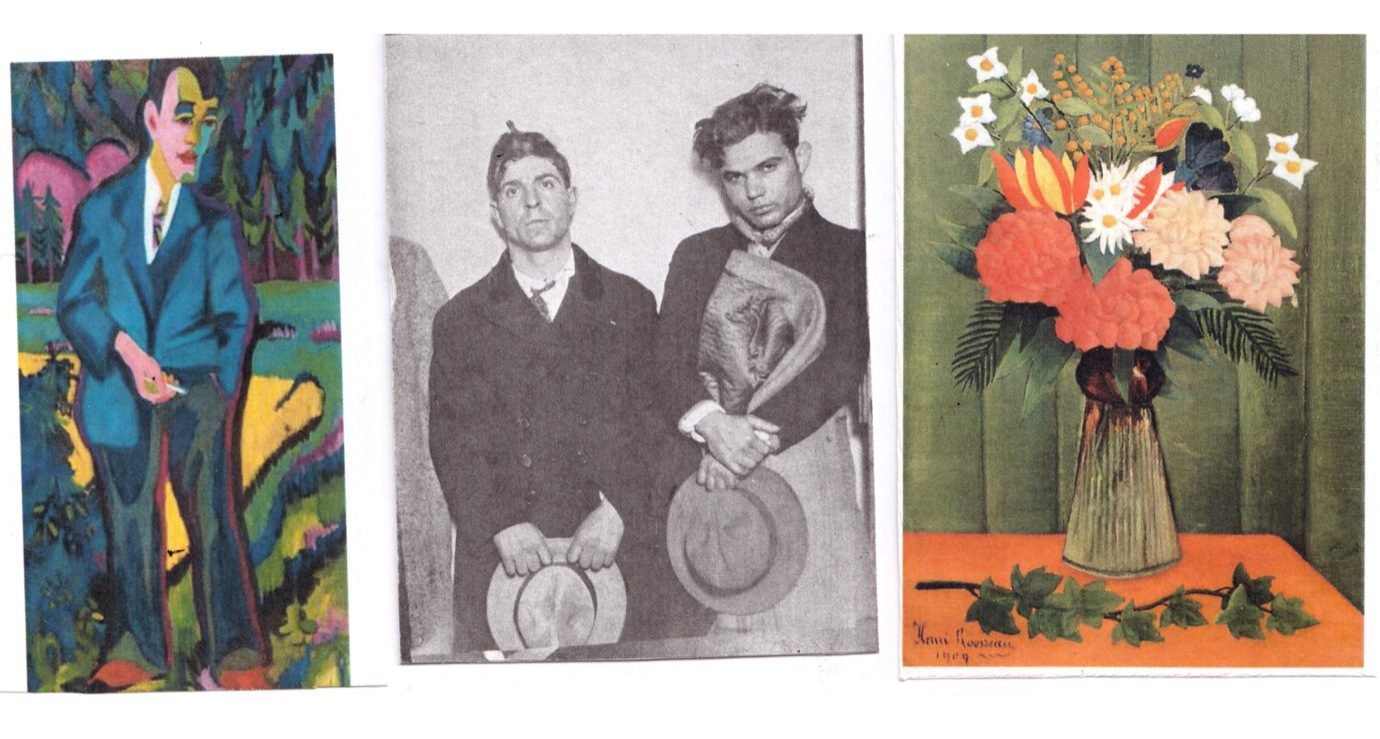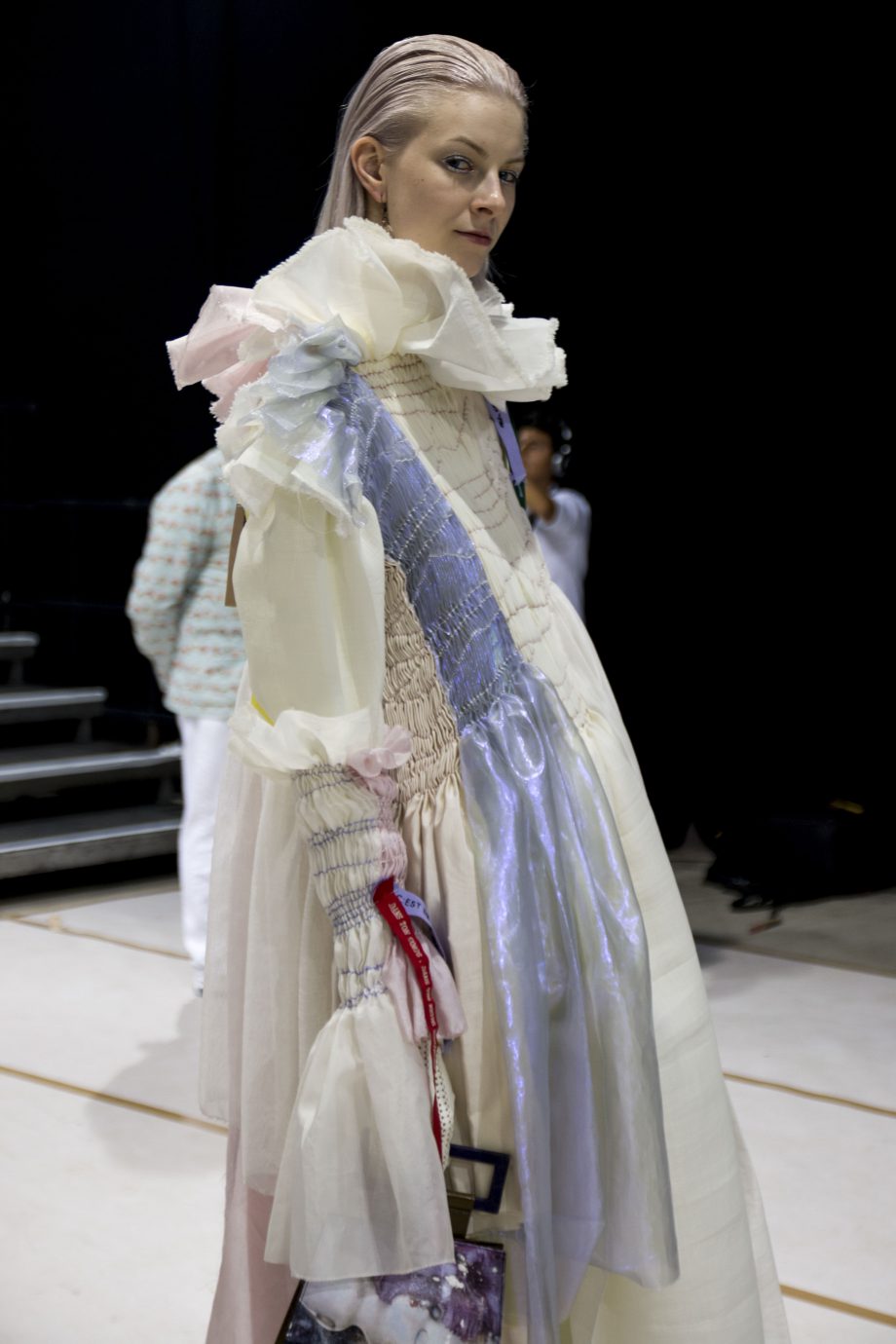“THERE IS TOO LITTLE BEING DONE WITHIN THE FASHION INDUSTRY TO PROMOTE NORMAL BODY IMAGE.”
There is a huge debate in the fashion industry about plus size and getting rid of anorexic models. I saw a couple of shows from Royal Academy, including yours — did you have this question present during your casting?
In all honesty, it is very difficult for me to offer a concrete opinion on this. This debate has been going on for years, yet it’s incredibly contradictory on so many levels. Of course I believe that presenting an unrealistic, unattainable body image to young people is unhealthy, but not if you are able to show them the alternative. There is too little being done within the fashion industry to promote normal body image. I think it’s fine that tall skinny girls are on the catwalks, just as I think it’s fine that overweight girls are on the catwalks, but you have to find a balance. That is why it is so contradictory – fashion doesn’t belong to the ‘normal’, it’s not concerned with inner beauty. Who wants normal when you can have extreme and crazy? Fashion is not there to teach us a lesson about how to be grounded and love ourselves; it is there to show us the fantasy – however decadent or flamboyant. By its very nature it embraces the extreme and over-the-top.
If you’re looking for self-confirmation regarding your body image in fashion, go somewhere else I’d say. Just as suddenly promoting overweight models isn’t the responsible solution in combating anorexic ones. Fashion of course plays a large role, but it is not entirely to blame. We can’t always point the finger at fashion accusing it for promoting distorted body ideals – we also need to look to ourselves. For example, people in the UK are statistically getting fatter every year yet still consume clothing and buy into every possible and latest fashion trend. So where does this leave us? What was everyone thinking when Kate Moss, the centre of controversy regarding skinny models, releases a collection for Topshop? You tell me. Contradictions contradictions contradictions… Regarding my own collection, I wasn’t concerned with this debate – I had only one criteria which was that they needed to be tall. That was as much practical — the dresses are very long — as it was relevant to the concept.
You have done a menswear collection before the Daphne womenswear: the “Doofpotoperatie”. What was the catalyst for this transition? Do you believe in the dissolution of gender division in fashion design?
There was no immediate catalyst in the transition from Menswear to Womenswear other than the want to explore a different way of creating fashion. The woman’s body is totally different to a man’s and it poses all sorts of new design challenges. I was always very interested in cut and form and doing a womenswear collection allowed me to play with what I had already learnt from menswear and translate it. Regarding the dissolution of gender division, I’ve always liked the idea of things being unisex. Wearing dresses as a young boy – it’s only when you are told that they are for girls and you look like a freak that you become conscious of it. Conceptually it poses a very interesting question. The topic of gender in general is of course extremely important and I believe sociologically we should be much more open regarding the gender roles that are given to us. Physically I’ve always felt very male, but I never understood other boys around me growing up or that need to adjust your personality to fit that role and what society expects of you. I tried to communicate that in my menswear collections – a certain ambiguity. All the men I look up to are mostly artists, cross-dressers or cross-dressing artists, all of whom are quintessentially male in my eyes. I guess doing a womenswear collection meant that I could approach the design process as an outsider in order to achieve an entirely different result.

